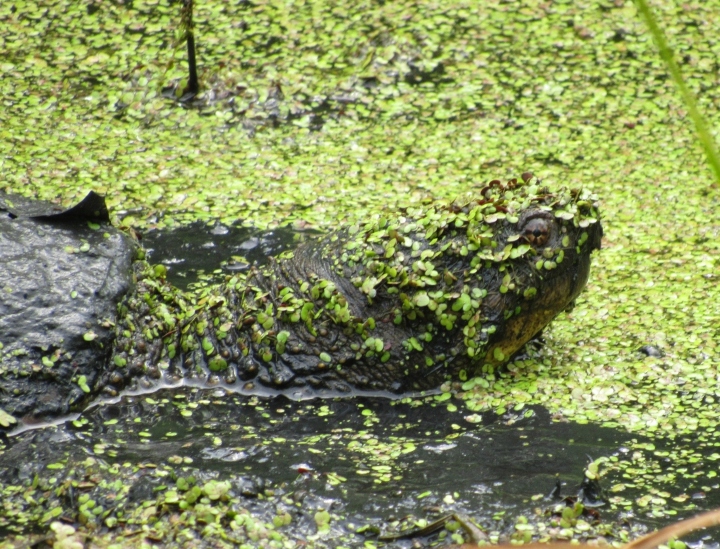Twelve Months of Northern Ohio Herps in 2023 (Part 3)
A Redback Salamander found on May 15th. Research indicates that because of their abundance, these amphibians hold pivotal roles in their ecosystems, influencing a forest’s fungal communities. They feed on a wide variety of invertebrates like ants, spiders, centipedes, beetles, snails, and termites — many of which graze on fungus.
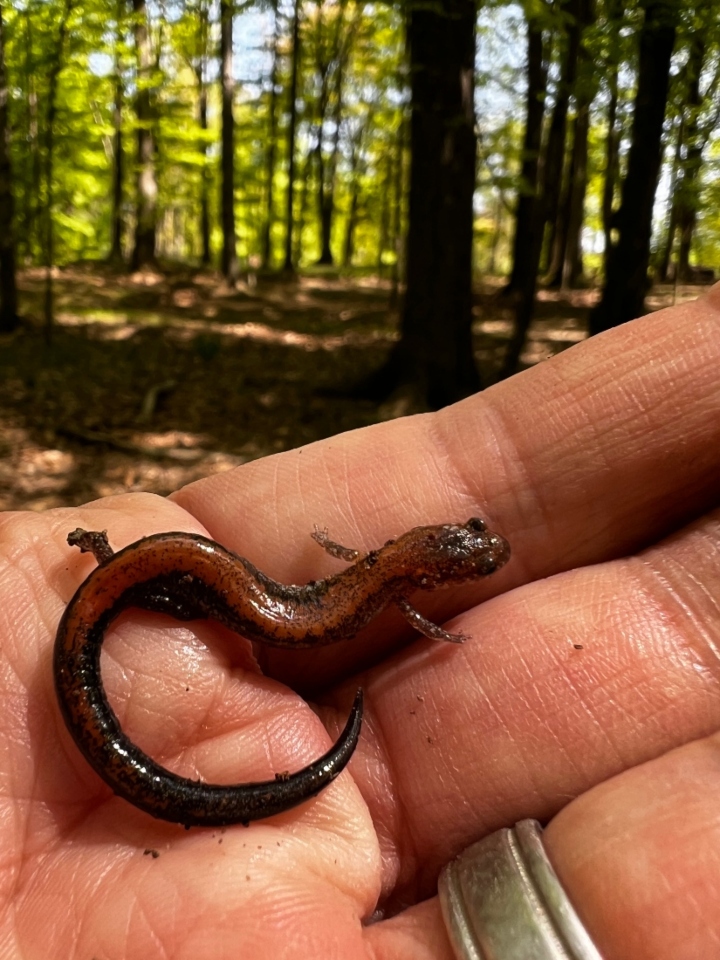
DeKay's Brown Snakes were the first snakes I've ever found in the wild. In the old days they were referred to as "city snakes" because they could be found in empty lots in urban centers. As a kid who grew up in Cleveland, I'd ride my bike to empty lots to look for (and occasionally find) them.
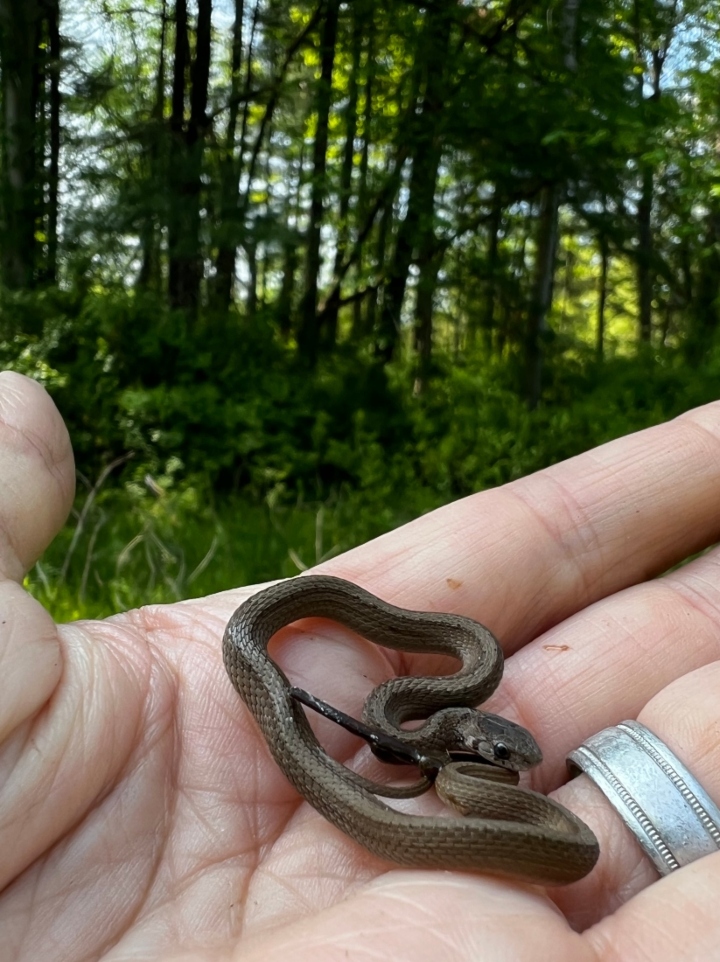
I found several small Wood Frogs hopping around a woodland creek in Medina County on May 16th - this was one of them.
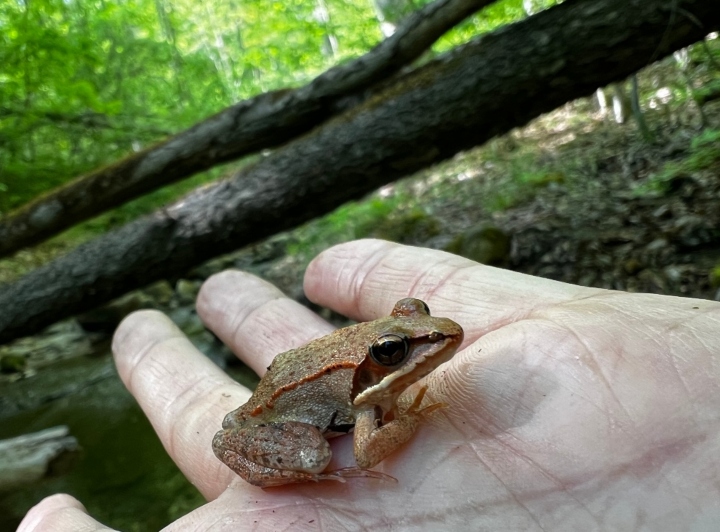
A neat looking Eastern Garter Snake from Lucas County on May 17th, which lacks yellow coloration.
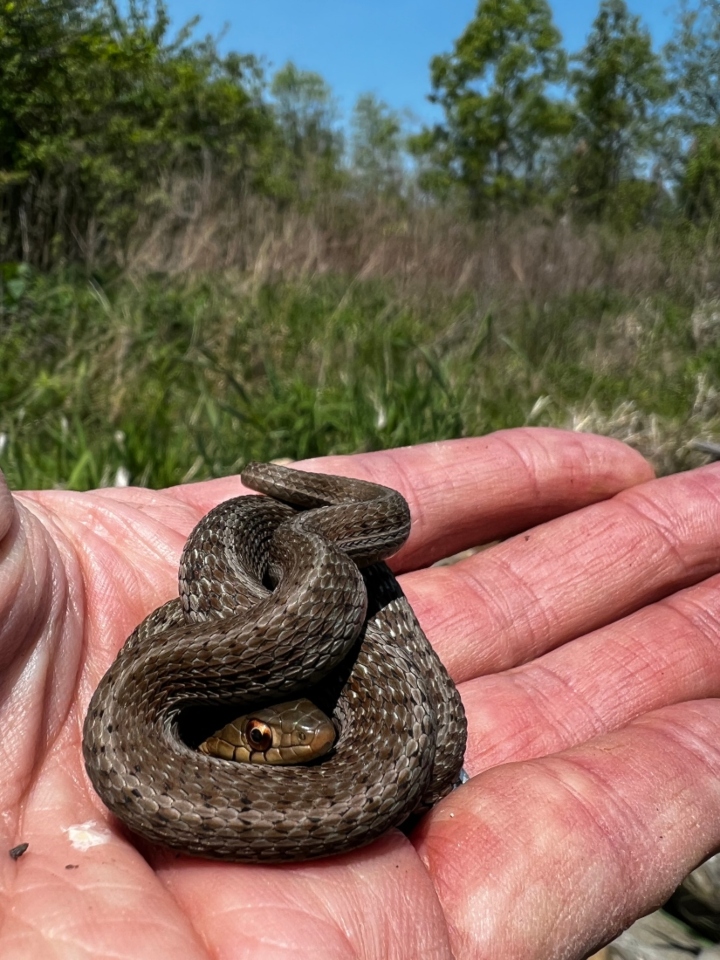
A Northern Water Snake in Lucas County found on the same day as the garter snake.
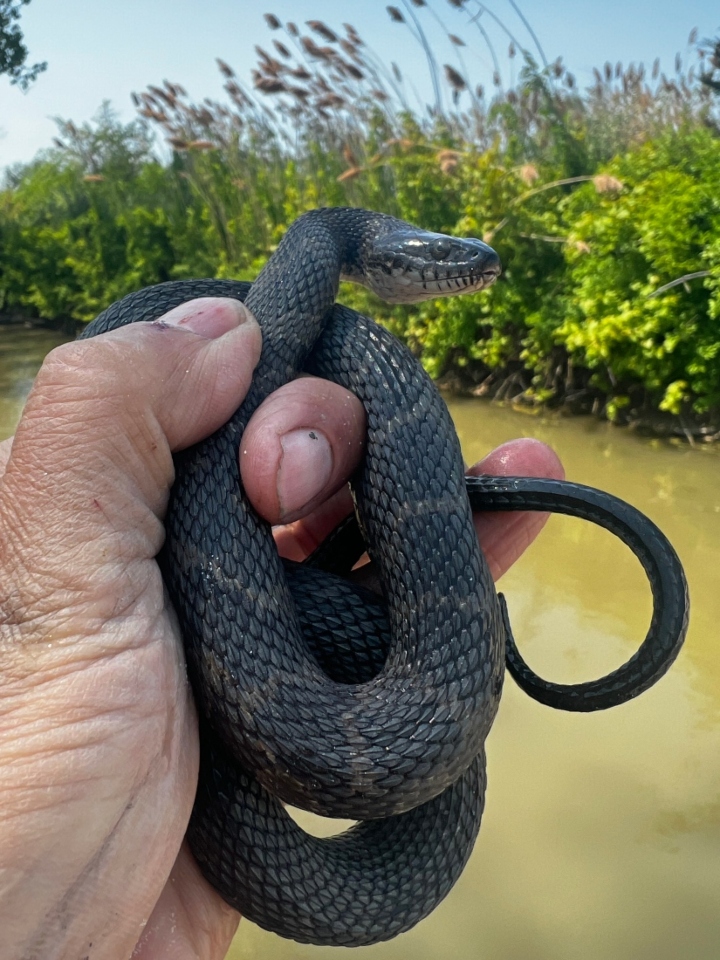
Mid-May Northern Map Turtles in Ottawa County. Their upper shells may be brown or olive brown with a netlike pattern of fine, squiggly, yellow lines that give the shell the appearance of a topographical map.
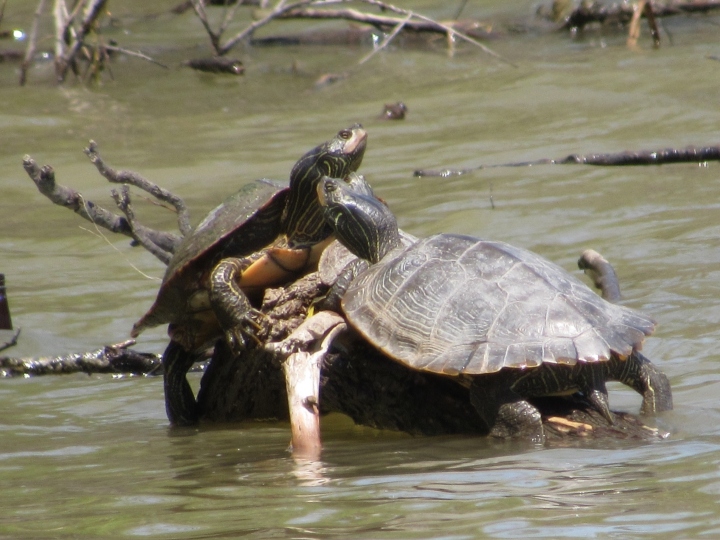
A young Queen Snake in Columbiana County on May 18th. These species feeds almost exclusively on crayfish that have just shed their exoskeleton.
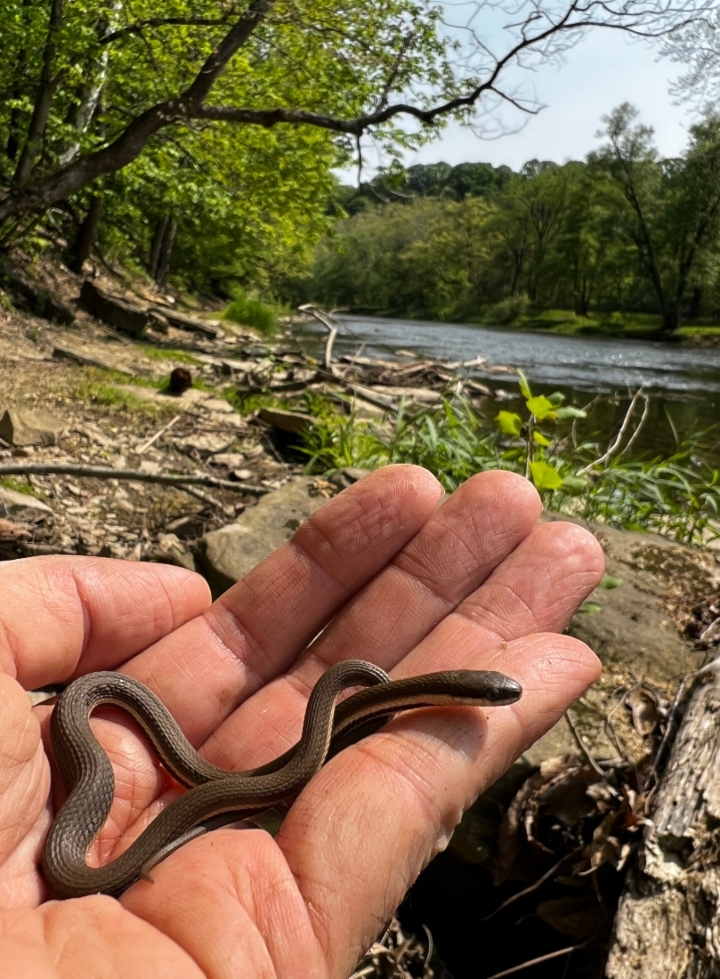
A Longtailed Salamander found along the same waterway as the Queen Snake. One of Ohio’s longest salamanders, the tail of this aptly named animal comprises 60-65% of its total length (up to 9”).
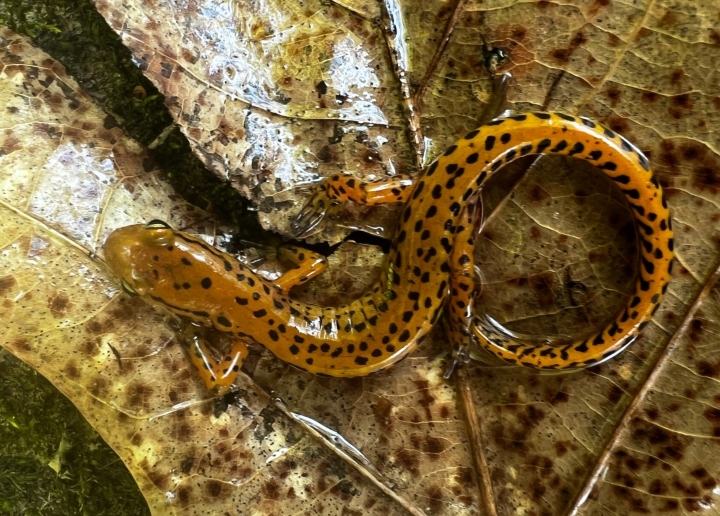
An adult Queen Snake found on the same trip as the juvenile. The habitat requirements for this serpent are very specific, and this snake is seldom found in areas that lack clean running streams and watersheds with rocky bottoms.
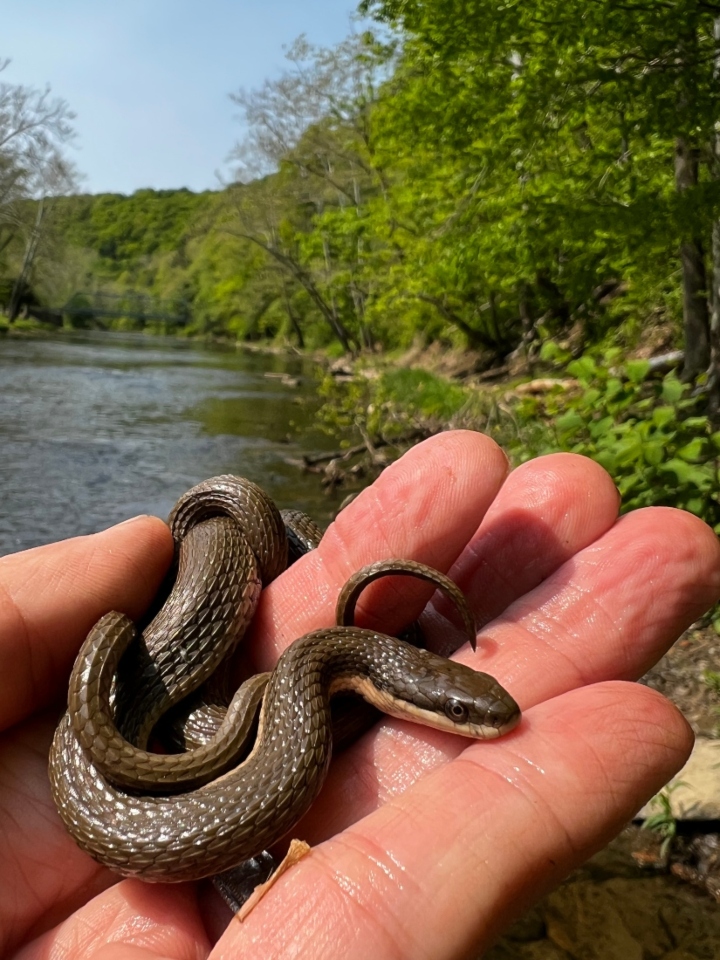
A Slimy Salamander in Columbiana County on May 18th. This amphibian can exude a white substance from its skin glands that can be difficult to remove when it is dry.
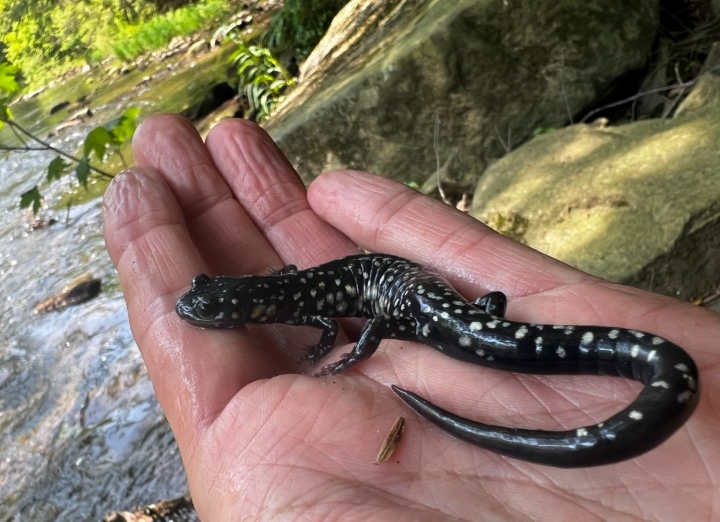
A Northern Water Snake that was found on the same trip as the Slimy Salamander.
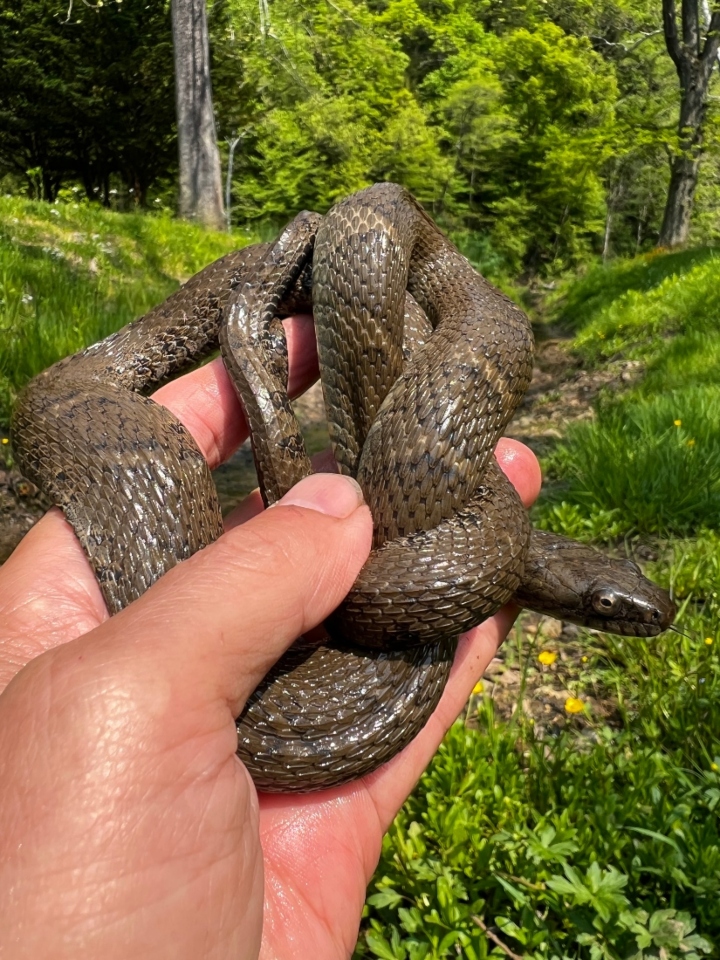
On the way home I found my first Eastern Milk Snake of the year. When they are young, milksnakes commonly eat other small snakes and lizards. They shift to eating birds and rodents as they get older.
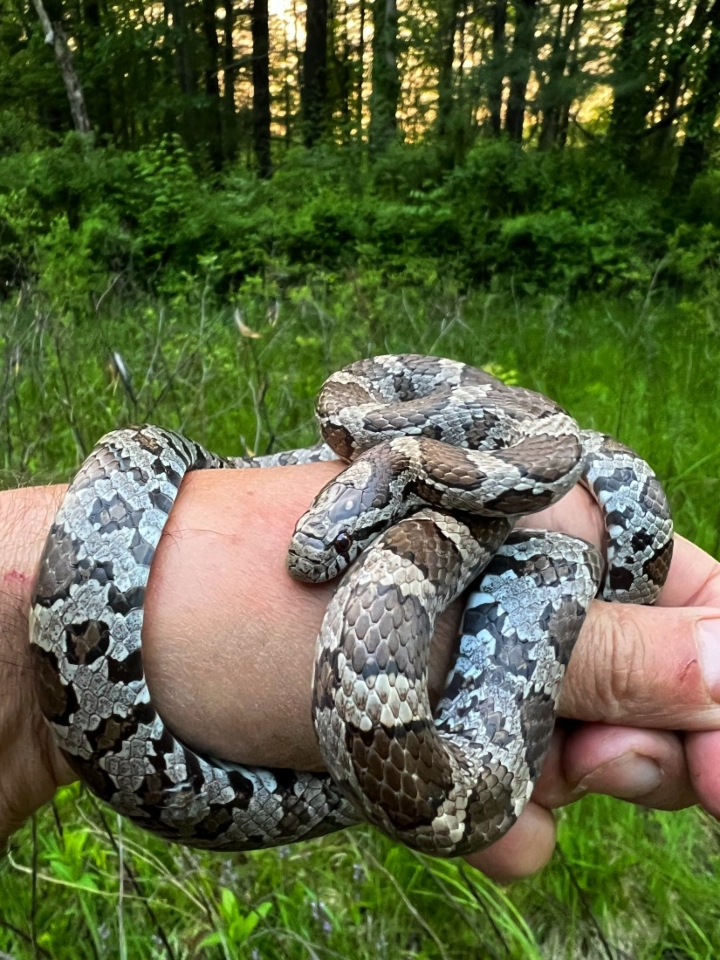
A handsome DeKay's Brown Snake. This small serpent mostly eats worms and slugs.
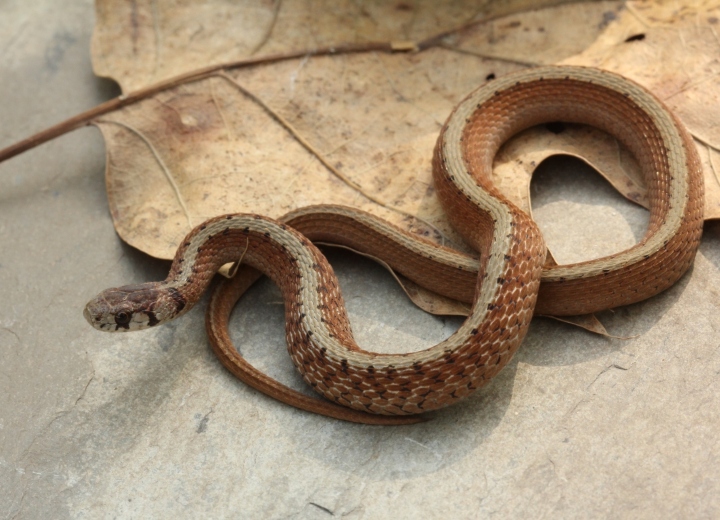
I turned up three species of amphibians on a mid-May trip to Medina County, the first being this Dusky Salamander.
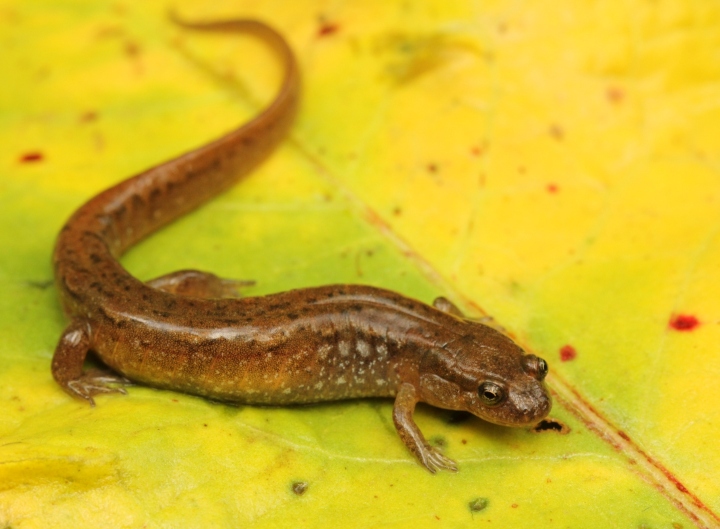
Northern Two-lined Salamanders are common stream-side inhabitants.
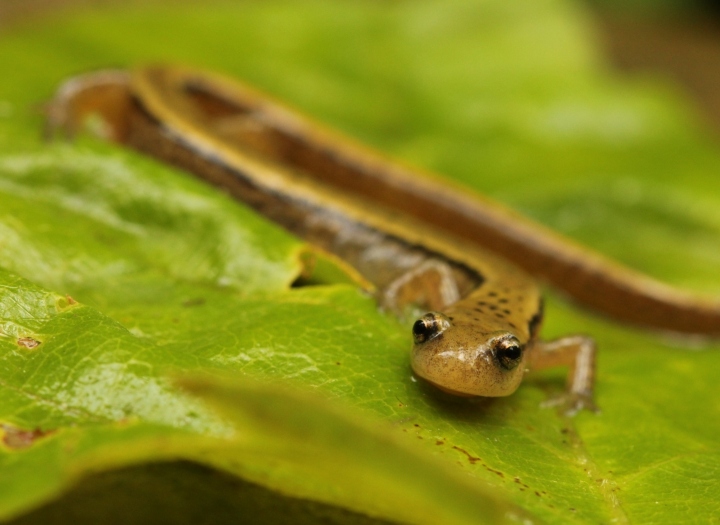
A very dark Wood Frog. These amphibians can often be seen hopping about the forest floor.
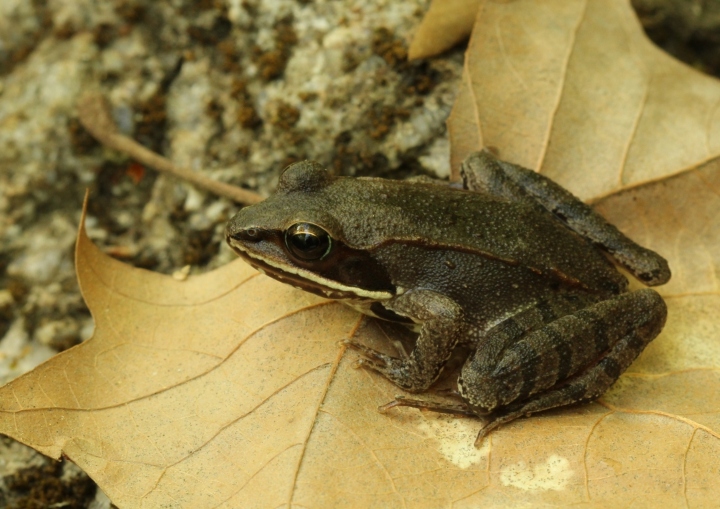
A nice-sized Erie County Eastern Garter Snake on May 19th.
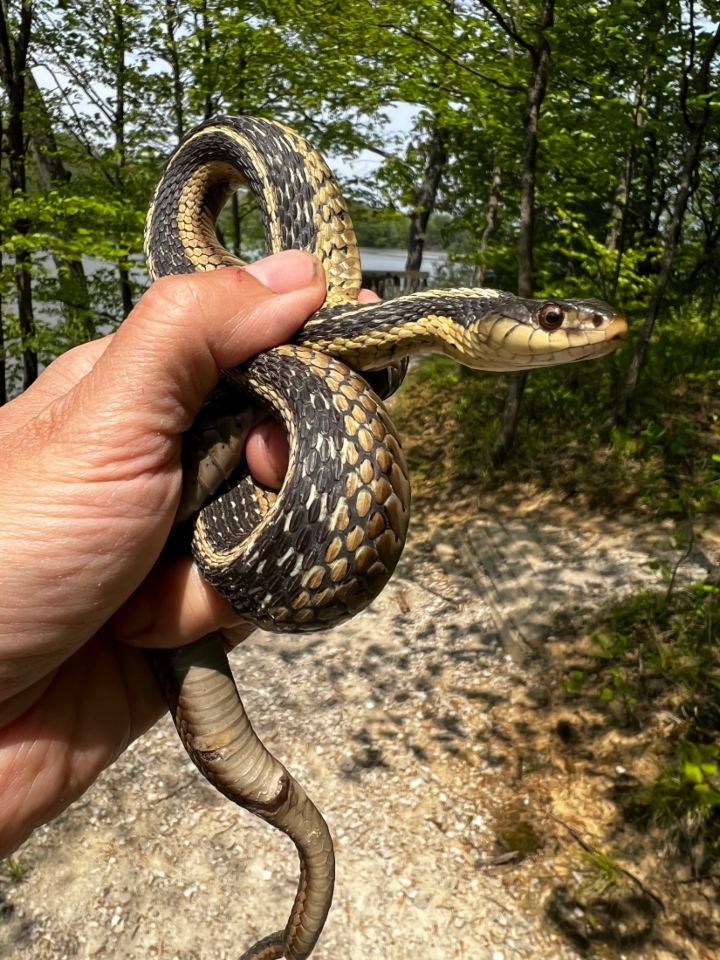
Double Eastern Milk Snake goodness on May 25th. This subspecies often has the shape of a “Y” or “V” on the back of the neck.
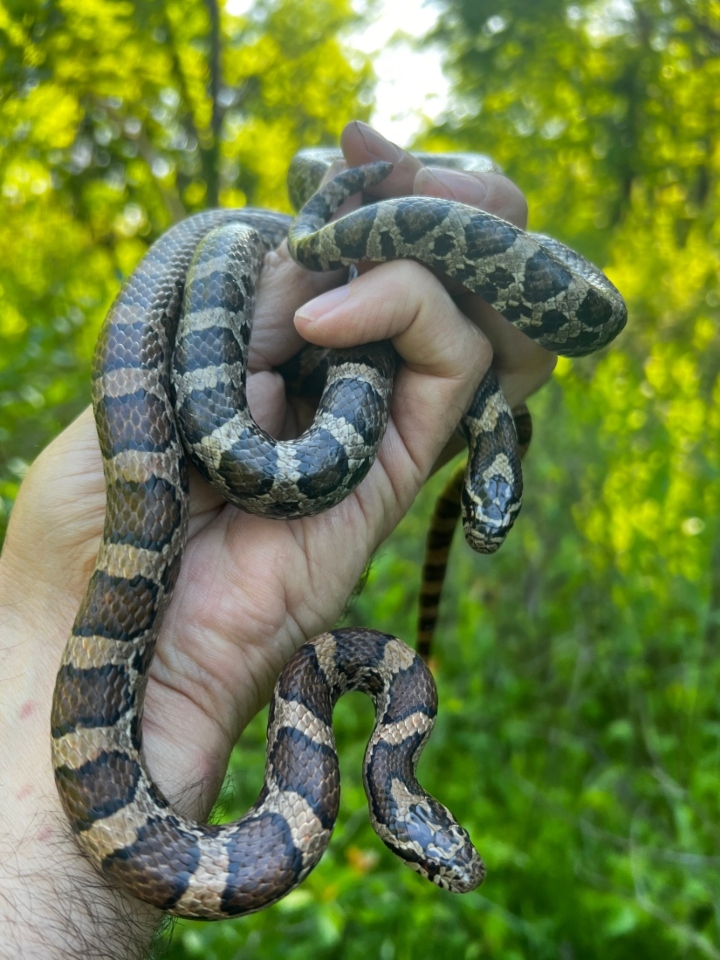
I returned to Erie County the following day and saw this Eastern Garter Snake basking along a hiking trail.

I also found my first and only Eastern Fox Snake of the year near the trailside Eastern Garter Snake. The Eastern Fox Snake occupies Great Lakes shoreline marshes, dunes and beaches with vegetation.
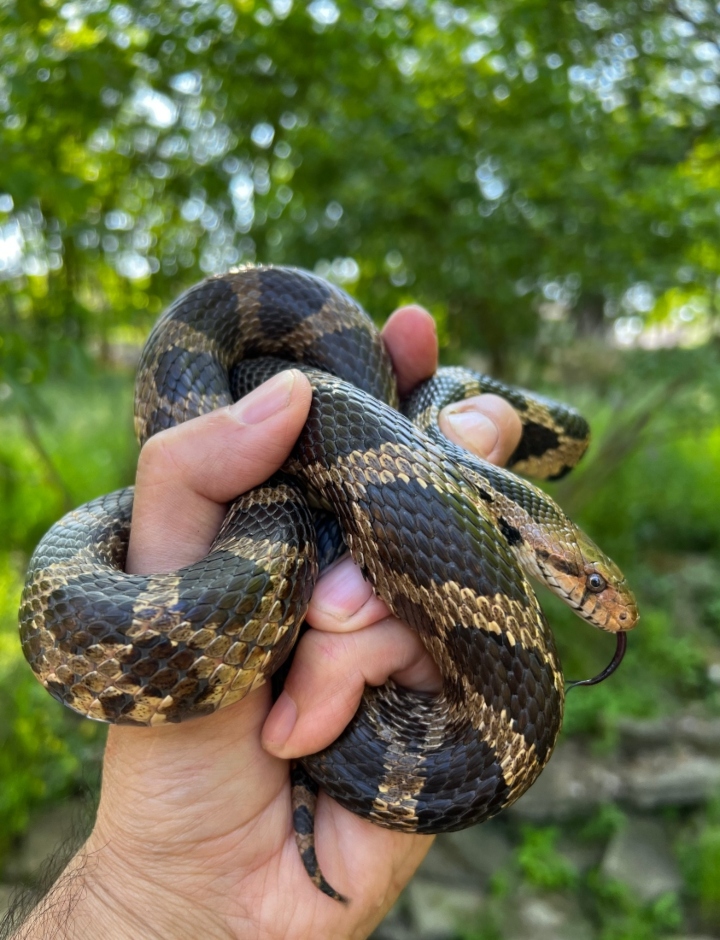
In early June I found this neat looking American Toad.
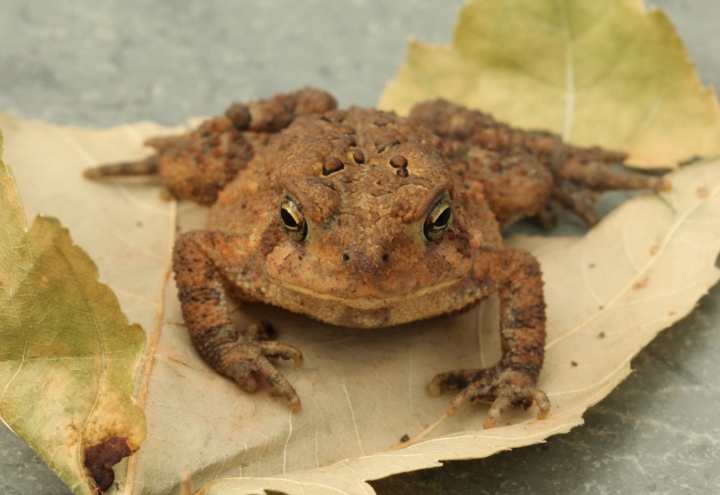
There were also a number of "tadfrogs" to be found - they looked like Green Frogs in the process of absorbing their tails.
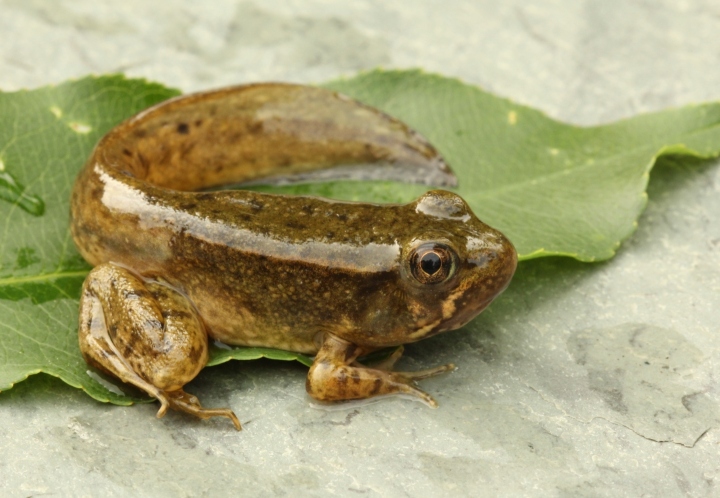
I also regularly encountered Redback Salamanders while turning logs in the woods. This one looked like it was regenerating part of its missing tail.

Non-native River Cooters seen in Cuyahoga Valley National Park on June 2nd.
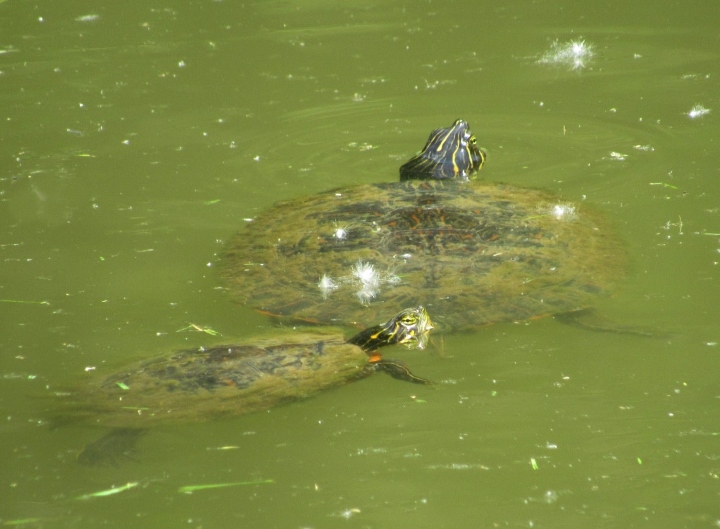
And a duckweed-coated Common Snapping Turtle seen in Cuyahoga Valley National Park on June 7th.
